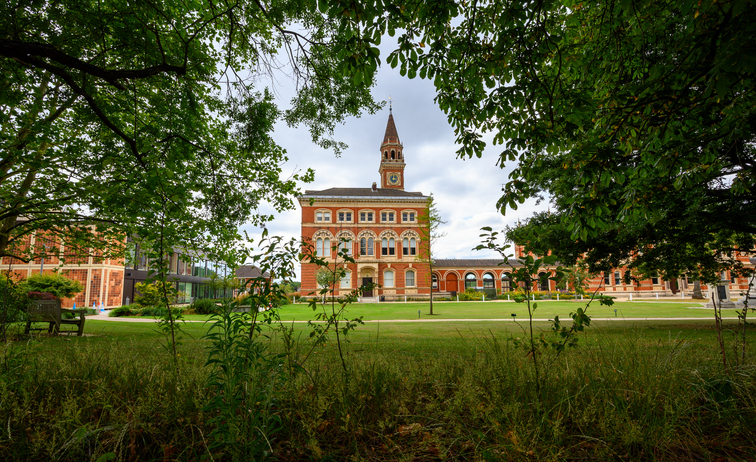The increasing price of private education impacting parents and schools
From January 2025 private schools will face a 20% tax which they have previously been able to claim business rate relief as independent schools. The new VAT is a policy introduced by the Labour government to help lower income students and schools to provide quality education to all. This
The price of private education
Data from Pepper Money has found that the average cost of a child attending private school in the UK is £5,718 a term totalling £17,128 per year for one child. From 2025, with the added VAT adding £3,468 to the total bill a year this means parents are paying £17,340 for 5 years of secondary school education per child.
There are 2500 independent schools which are educating 7% of all UK pupils.
How much will this raise?
The VAT on private schools is expected to raise £1.3-1.5 billion a year which will be funding the state school system to improve conditions for students and teachers.
Negative impact of taxing private schools
Despite the amount predicted to be generated from a 20% VAT there are also some challenges which will come from this. Not only to the schools or the parents sending their schools to private schools but also to the taxpayers and state schools too. The impact of a tax on private schools could disrupt those pupils in state schools too.
The Guardian reports that with the rising cost of private education, an estimated 100,000 families are expected to be priced out of private schooling. This shift is projected to lead to a surge in applications to already stretched state schools. Currently, about 18% of state-funded schools are operating at or above capacity, a figure that is expected to rise significantly as students transition from private schools to the state sector.
The effects of these changes are already being felt, as private school enrolment has dropped by 2.7% in the past year alone. The Institute for Fiscal Studies projects a further enrolment decline of between 3-7% in the coming years. In response to this, many private schools are being advised to prepare their budget for a potential 25% drop by 2030. This decline in student intake will significantly reduce the revenue generated from tuition fees, leaving private schools in an uncertain financial situation. In anticipation of this downturn, many schools are turning to the recruitment of wealthier international students to offset the shortfall in domestic enrolments.
The impact of this will also be felt by taxpayers. For every student that leaves a private school and enters the state-funded education system, an estimated £8,000 per pupil will need to be provided by the government to cover the cost of their education. This increased burden on public finances comes at a time when the state education sector is already struggling with limited resources, overcrowded classrooms, and rising operational costs. Taxing private schools could, therefore, indirectly place further strain on the public system, not only in terms of capacity but also in terms of funding.
This scenario presents a difficult balancing act for policymakers. While increased taxation on private schools may seem like a way to ensure fairness and generate revenue, the broader implications, such as the influx of students into an already overburdened public system and the subsequent rise in taxpayer costs, must be carefully considered. It raises critical questions about how to equitably support education without unintentionally deepening the crisis in both the state and independent school sectors.
Most expensive private schools
The overall average tuition price for private schools in the UK comes to £17,128 a year according to Pepper Money data. However, this total is subject to change depending on the area of the school
The most expensive region for private school tuition is the East of England with the average being £20,658 a year. In 2025 this area will face an average increase of £4,644 a year.
The Most expensive county is Redcar and Cleveland which has an average term fee of £14,333 and annual fees of £43,000. This area is set to see a rise of £8,600 in January.
So, how will state schools cope with the added student enrolment and will private schools handle to decline?











